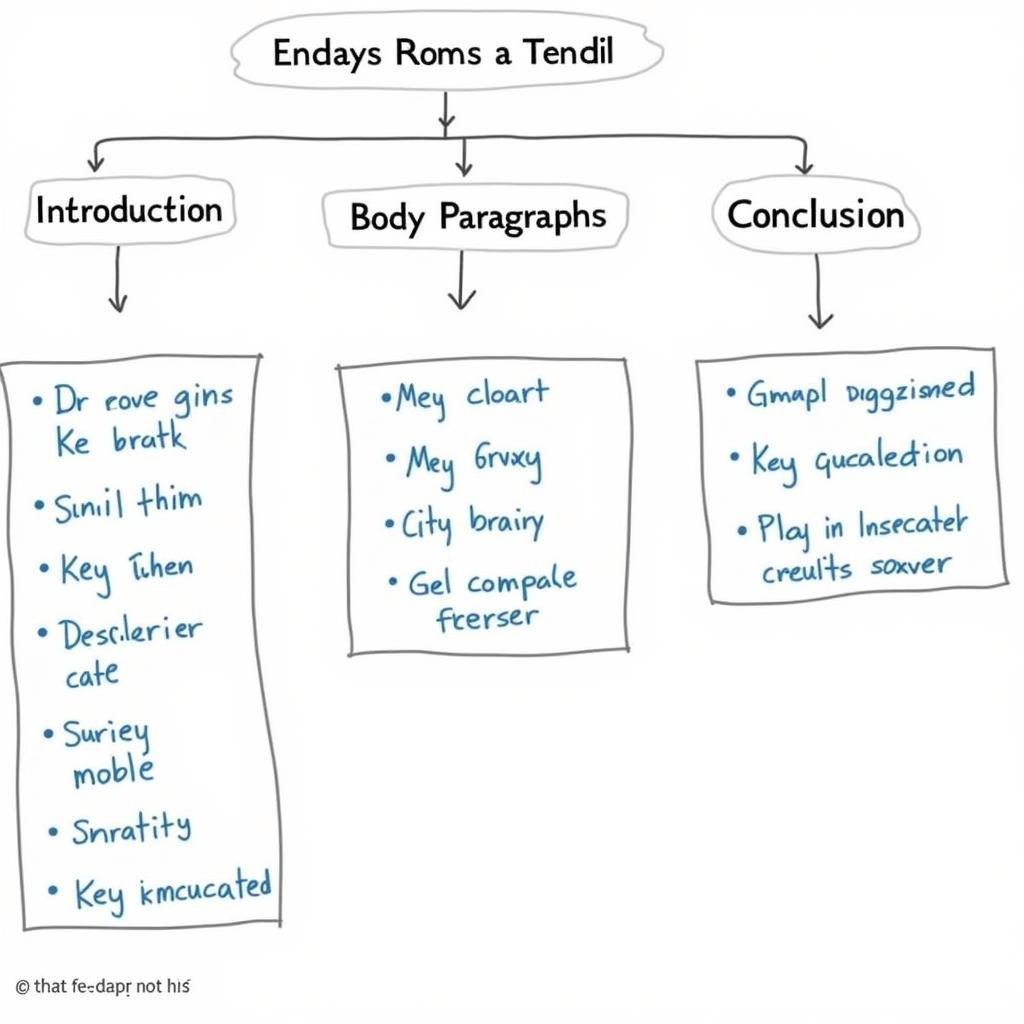When preparing for IELTS Writing Task 2, mastering agree/disagree essays is crucial for achieving a high band score. As someone who has helped thousands of students improve their IELTS writing skills, I’ll share proven strategies to tackle these essay types effectively.
Understanding Agree/Disagree Essay Structure
The key to writing a successful agree/disagree essay lies in having a clear and logical structure. Similar to how to paraphrase ielts writing task 2, you need to present your ideas coherently while maintaining academic language throughout.
Basic Structure Components
- Introduction (40-50 words)
- 2-3 body paragraphs (100-120 words each)
- Conclusion (40-50 words)

Crafting a Strong Introduction
Your introduction should:
- Paraphrase the question
- State your position clearly
- Outline your main arguments
Consider this topic from The role of media in public health awareness: “Some people believe that media should prioritize public health information over entertainment content. To what extent do you agree or disagree?”
Sample Introduction
“While media platforms serve various purposes in modern society, there is ongoing debate about their role in disseminating health information. I strongly agree that media outlets should give precedence to public health content, as it directly impacts community wellbeing and can save lives.”
Developing Body Paragraphs
Each body paragraph should:
- Begin with a clear topic sentence
- Provide specific examples
- Include explanations
- End with a linking sentence
Common Mistakes to Avoid
- Sitting on the fence
- Not stating position clearly
- Using informal language
- Insufficient examples
- Poor paragraph organization
Similar to how to write disagree on ielts, maintaining consistency in your argument is crucial.
Essential Language for Agree/Disagree Essays
Agreement Expressions
- I completely/strongly agree that…
- I am convinced that…
- There is no doubt that…
- The evidence clearly shows…
Disagreement Expressions
- I strongly disagree with…
- This view is fundamentally flawed…
- I cannot accept the notion that…
- The argument overlooks…
Practice Strategies
- Time Management
- Spend 5 minutes planning
- Write for 30 minutes
- Leave 5 minutes for review
- Regular Practice
Study examples like No handwriting skills in schools: positive or negative to understand different perspectives and argument structures.
Sample Essay Analysis
Here’s an analysis of a high-scoring response discussing media representation, similar to Ensure media diversity and representation how?:
Strong Elements
- Clear position statement
- Well-developed arguments
- Relevant examples
- Cohesive devices
- Academic vocabulary
Writing Task 2 Scoring Criteria
To achieve Band 7+:
- Task Response: Clear position, fully developed response
- Coherence and Cohesion: Logical organization, appropriate paragraphing
- Lexical Resource: Wide vocabulary range
- Grammatical Range and Accuracy: Complex structures, minimal errors
Conclusion
Success in agree/disagree essays requires clear positioning, strong arguments, and consistent practice. Focus on developing a balanced approach that demonstrates your analytical and writing skills while maintaining academic tone throughout. Remember to plan carefully, use appropriate language, and support your arguments with relevant examples.